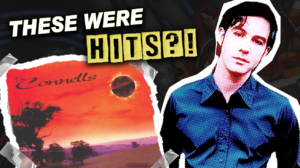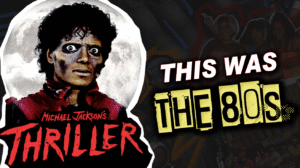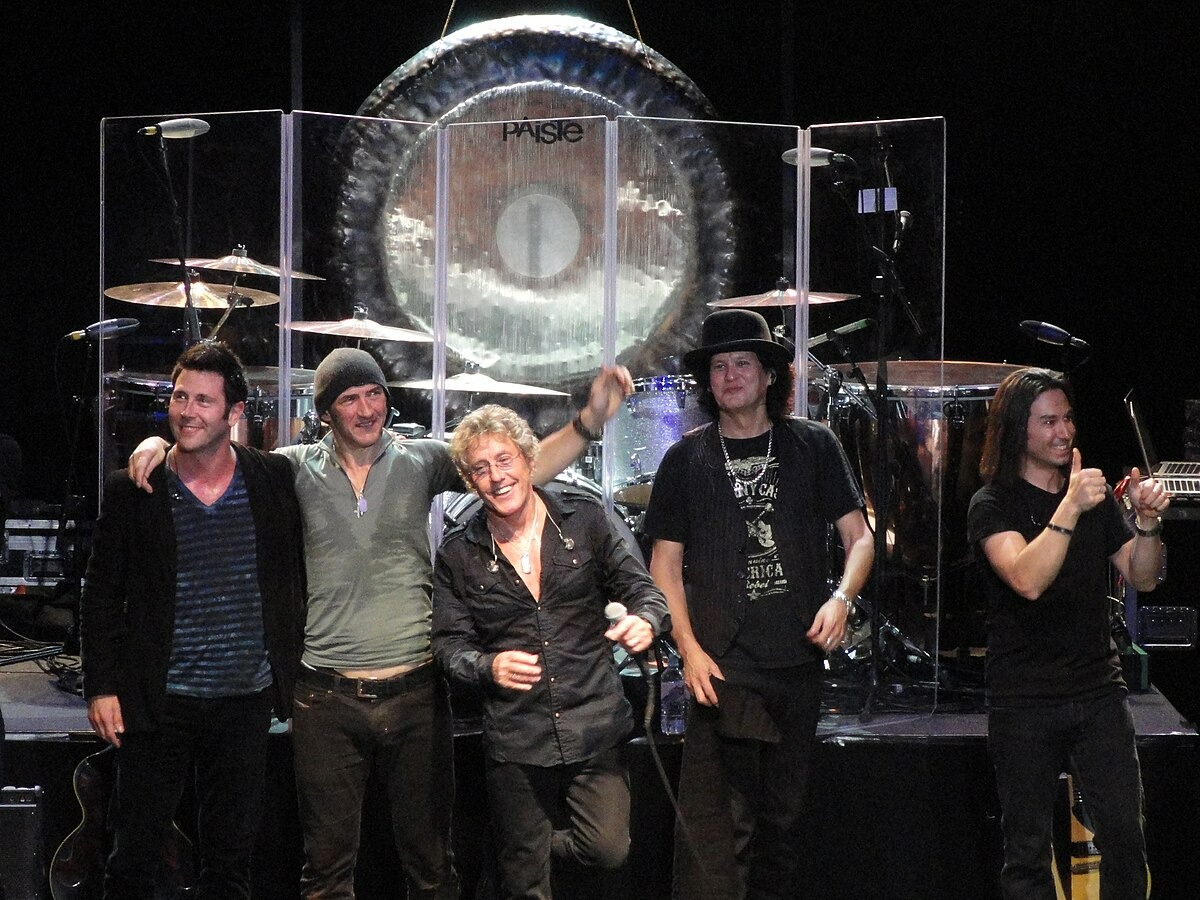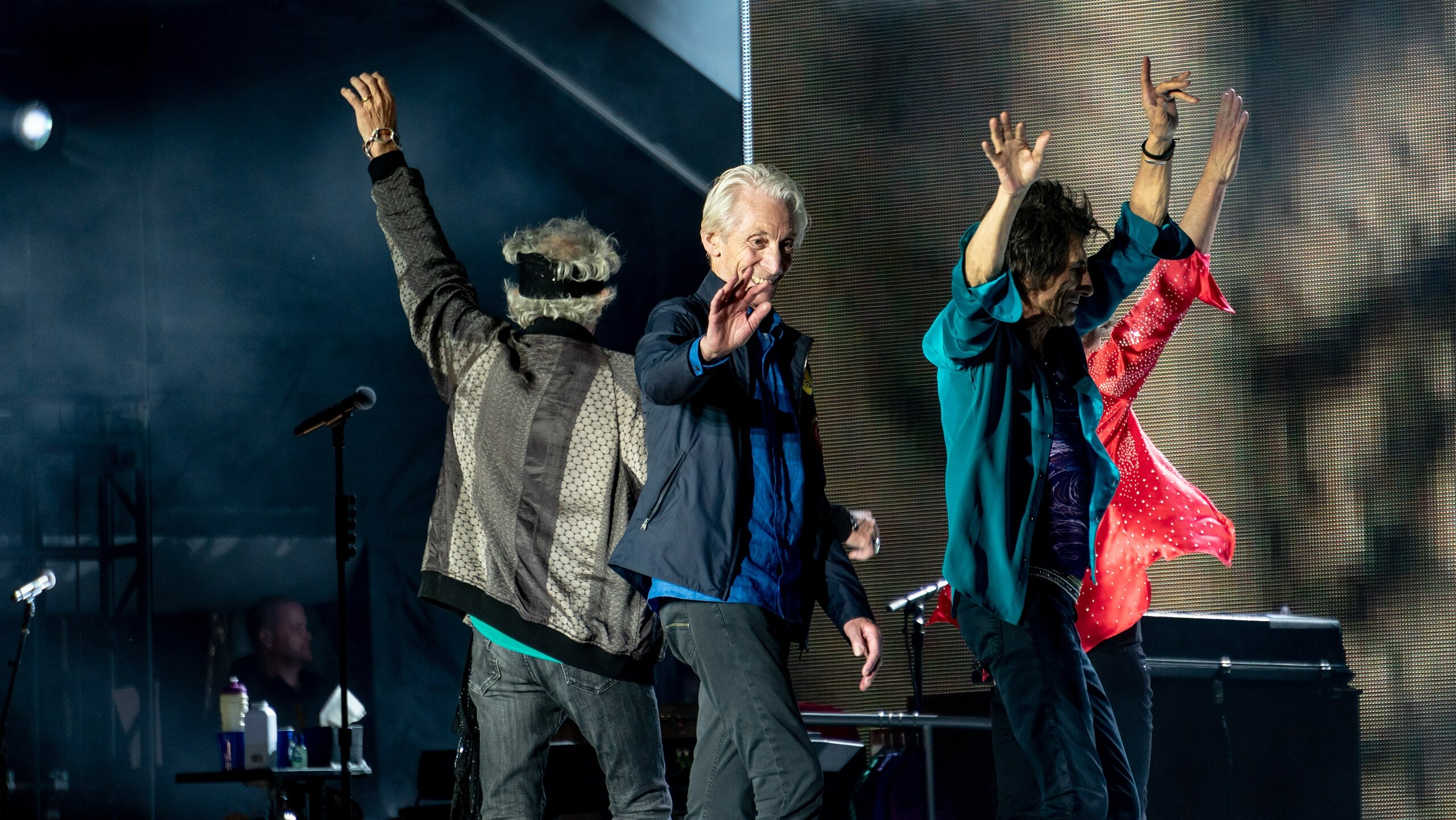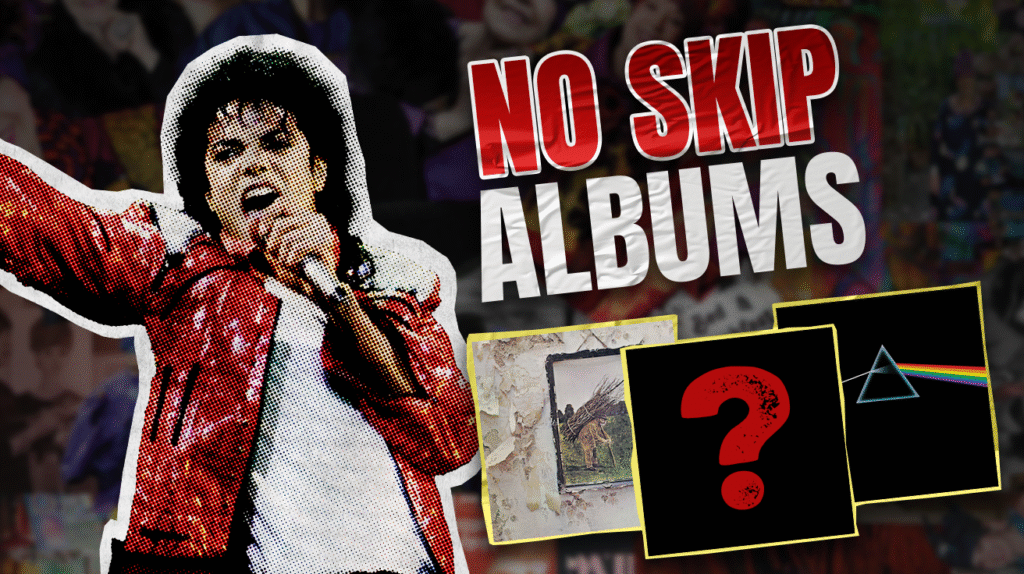
Pinpointing musical perfection amid diverse tastes feels nearly impossible. Music, after all, speaks uniquely to each listener. Yet some albums transcend subjective preference, becoming universal landmarks in sound. These rare masterpieces combine flawless production, exceptional songwriting, and enduring cultural impact that continues to shape music today.
10. Night Train by Oscar Peterson
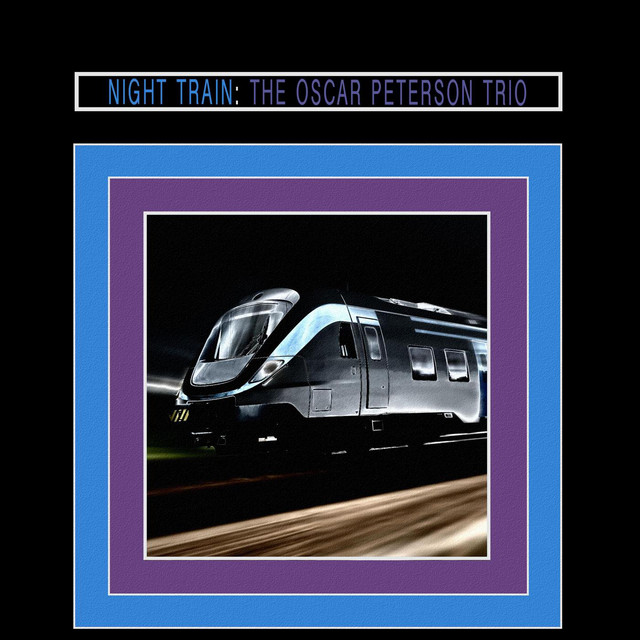
Released in 1963, Oscar Peterson’s Night Train offers an intimate jazz experience, changing blues classics into swinging masterpieces. Each track runs concisely, 3-4 minutes, presenting vibrant improvisation without overwhelming complexity. The high recording quality enhances the piano trio format’s intimacy, making this album perfect for unwinding after stressful days.
Peterson’s accessible approach continues to influence contemporary jazz pianists, making Night Train a treasured cornerstone of modern jazz education and a must-hear among essential jazz albums.
9. Red by King Crimson
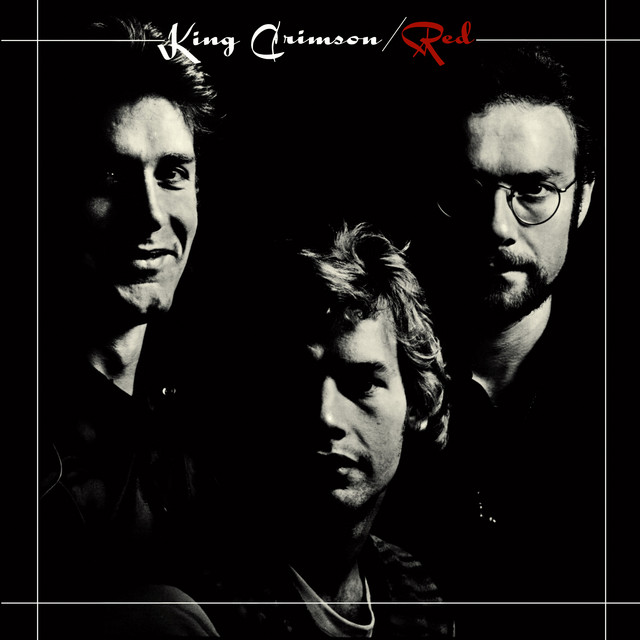
King Crimson’s Red dives into sonic architecture of unsettling complexity. Released in 1974, this album balances accessible tracks like “Fallen Angel” with grinding, dark soundscapes that pioneered progressive rock’s heavier direction. The album’s centerpiece, “Starless,” is an epic composition matching the best improvisations in rock history.
Modern bands like Tool, Porcupine Tree, and Opeth continue mining Red’s innovative structures and tonal dissonance. Its influence spans multiple generations of progressive and experimental musicians who still reference its blueprint for combining technical prowess with emotional intensity.
8. Back in Black by AC/DC

Universally recognized as a hard rock landmark, AC/DC’s Back in Black transformed grief into triumph. Following vocalist Bon Scott’s death, new singer Brian Johnson stepped in, helping the band evolve from party rockers to a darker, more powerful force. The stark black album cover symbolizes mourning while its thunderous riffs celebrate resilience.
The album has sold more than 50 million copies globally, cementing its place as hard rock’s definitive statement. Its DNA runs through countless modern rock acts, from the Foo Fighters’ stadium anthems to Jack White’s guitar-driven minimalism, proving its template remains remarkably durable.
7. Dark Side of the Moon by Pink Floyd
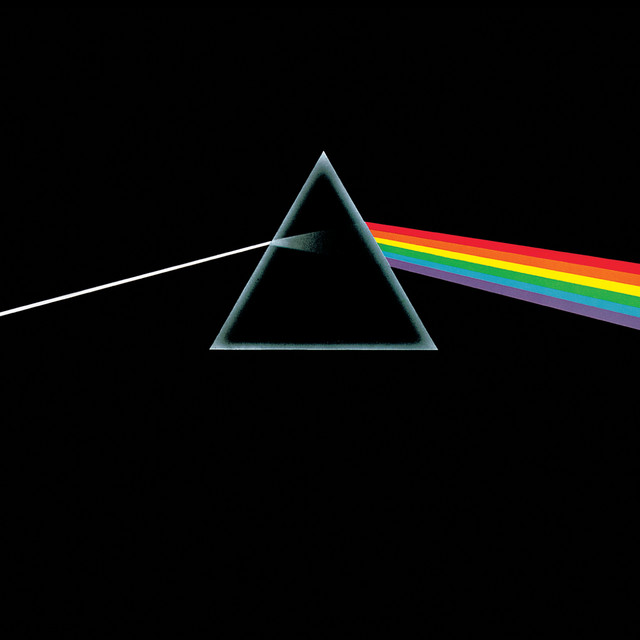
Often topping “best of” lists, Dark Side of the Moon revolutionized album production with innovative musique concrète techniques and found sounds. Released in 1973, Pink Floyd’s masterpiece creates sonic depth through seamlessly flowing tracks and narration that ties together themes of madness and mortality.
For over 50 years, this album has remained a sonic benchmark with more than 45 million copies sold. Contemporary artists like Tame Impala, Radiohead, and The Weeknd continue drawing from their immersive production approach, while their exploration of mental health themes resonates increasingly with today’s wellness-focused culture.
6. Led Zeppelin IV
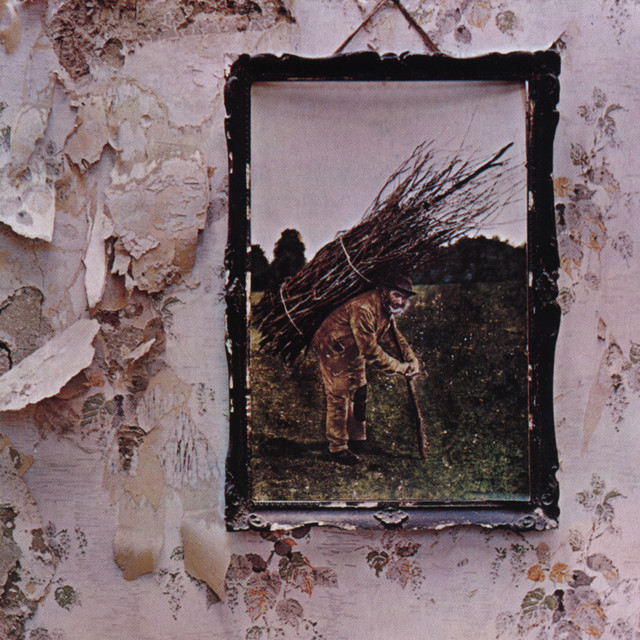
Led Zeppelin’s untitled fourth album astounds with its diverse range. “Rock and Roll” delivers explosive energy while “Going to California” offers delicate acoustic textures. Unlike many rock classics, this album contains no weak moments from start to finish.
Its instrumental virtuosity set new standards for rock musicianship when released in 1971. The album has moved over 37 million copies worldwide and continues resetting perspectives on what great music can achieve. Its acoustic-to-electric dynamics directly influenced artists from Greta Van Fleet to St. Vincent, showcasing its blueprint for musical contrast.
5. Kind of Blue by Miles Davis
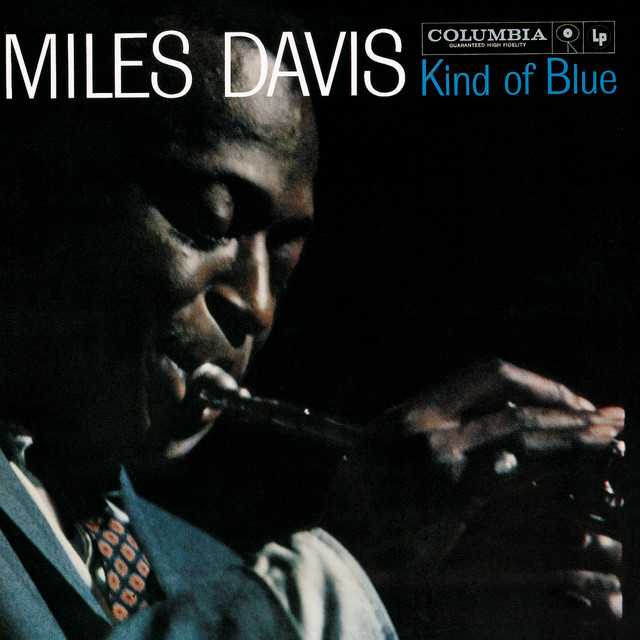
Miles Davis’ Kind of Blue isn’t just for jazz enthusiasts – it’s the best-selling jazz album ever. Released in 1959, this accessible masterpiece introduced modal jazz, moving away from complex chord progressions toward more spacious, melodic improvisation.
The album features legendary performers, including John Coltrane and Bill Evans, and stands alongside other influential jazz recordings that continue to inspire musicians far beyond jazz’s core audience.
4. Thriller by Michael Jackson
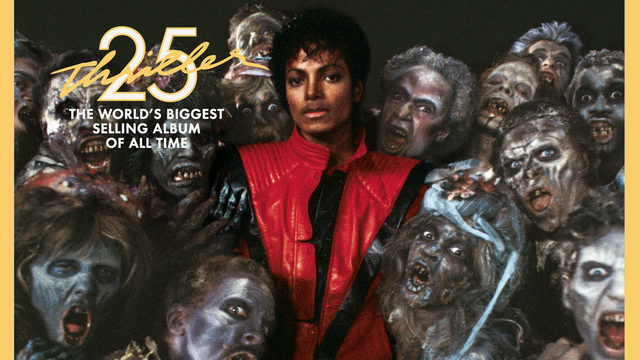
Michael Jackson’s Thriller redefined pop music’s possibilities when released in 1982. Produced by Quincy Jones, the album seamlessly blends pop, R&B, rock, and disco into an irresistible package that’s sold an unprecedented 66 million copies worldwide. Each track stands as a perfectly crafted gem of songwriting and production.
The album’s influence remains ubiquitous in contemporary pop. Artists from Bruno Mars to The Weeknd continue drawing from their cross-genre appeal and meticulous production values. Beyoncé’s visual albums and Drake’s genre-blending approach both owe significant debts to Thriller’s boundary-breaking vision.
3. Close to the Edge by Yes
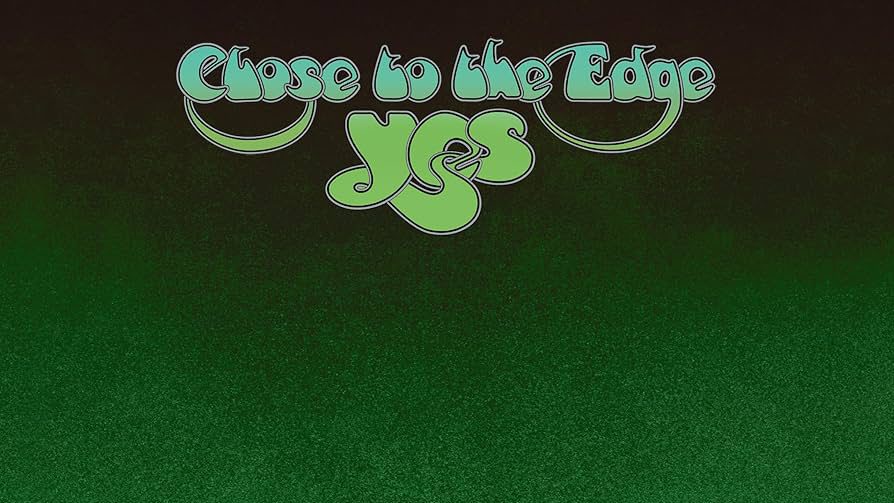
Close to the Edge sits at progressive rock’s pinnacle, surpassing even Pink Floyd in compositional ambition. Yes pushed genre boundaries with complex, multi-part compositions when they released this album in 1972. The 18-minute title track stands alongside two other prog epics: “And You and I” and “Siberian Khatru.”
Music students continue studying its intricate arrangements and time signatures decades later. Modern prog bands like Haken and Between the Buried and Me directly reference their approach to extended compositions, while their classical influences appear in contemporary film scores from Hans Zimmer to Alexandre Desplat.
2. Live at the Village Vanguard by Bill Evans
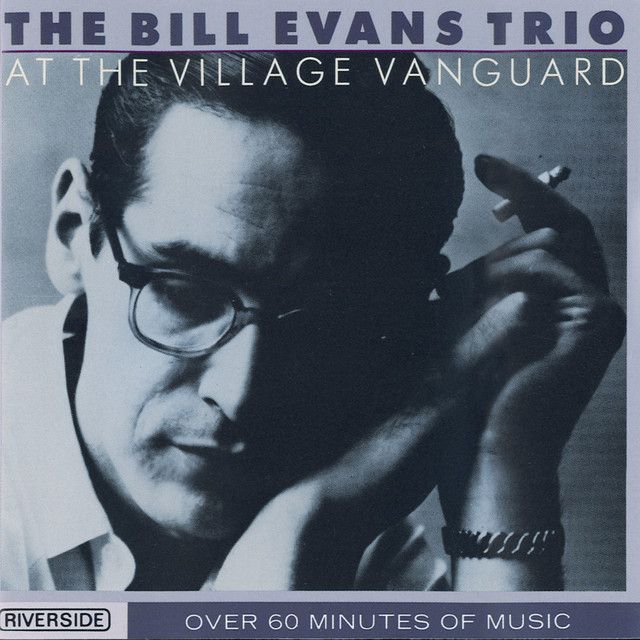
Recorded in 1961, Live at the Village Vanguard revolutionized jazz trio performance. Bill Evans, Scott LaFaro, and Paul Motian created a new approach to interaction where bass and drums functioned as equal partners rather than mere accompaniment.
Many consider this album the greatest live jazz recording ever captured. Its intuitive interplay continues influencing piano trios worldwide, from The Bad Plus to GoGo Penguin, who build on Evans’ democratic approach to group improvisation. The album’s emotional vulnerability anticipates today’s emphasis on authentic expression across musical genres.
1. OK Computer by Radiohead
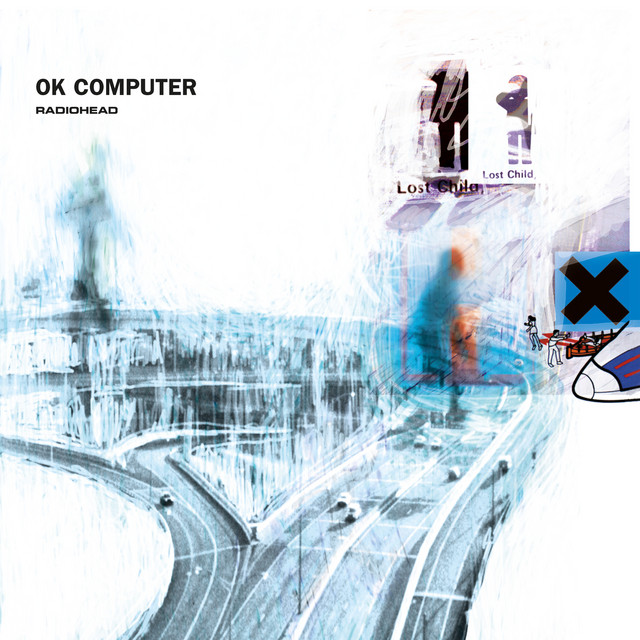
Radiohead’s OK Computer arrived in 1997 as a prophetic warning about technology and alienation that feels increasingly relevant today. The album combines rock instrumentation with electronic textures, creating a soundscape that’s both experimental and emotionally devastating. Tracks like “Paranoid Android” and “Karma Police” balance complexity with accessibility.
The album’s influence extends across genres, from alternative rock to electronic music to hip-hop production. Artists like James Blake, Bon Iver, and Frank Ocean have all drawn from its innovative approach to sonic textures and emotional depth. Its themes of digital anxiety and corporate control have only grown more resonant in our smartphone-dominated world.




